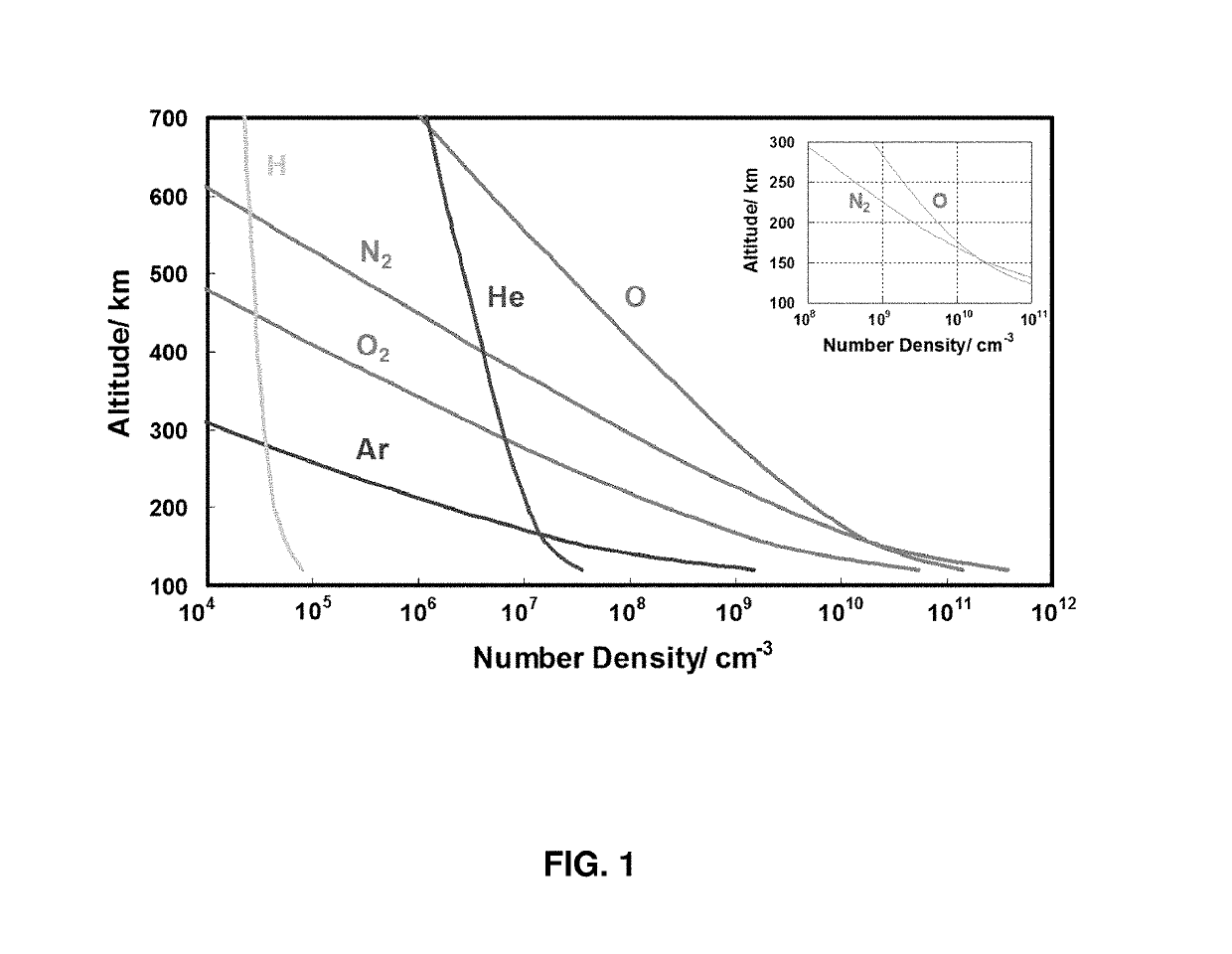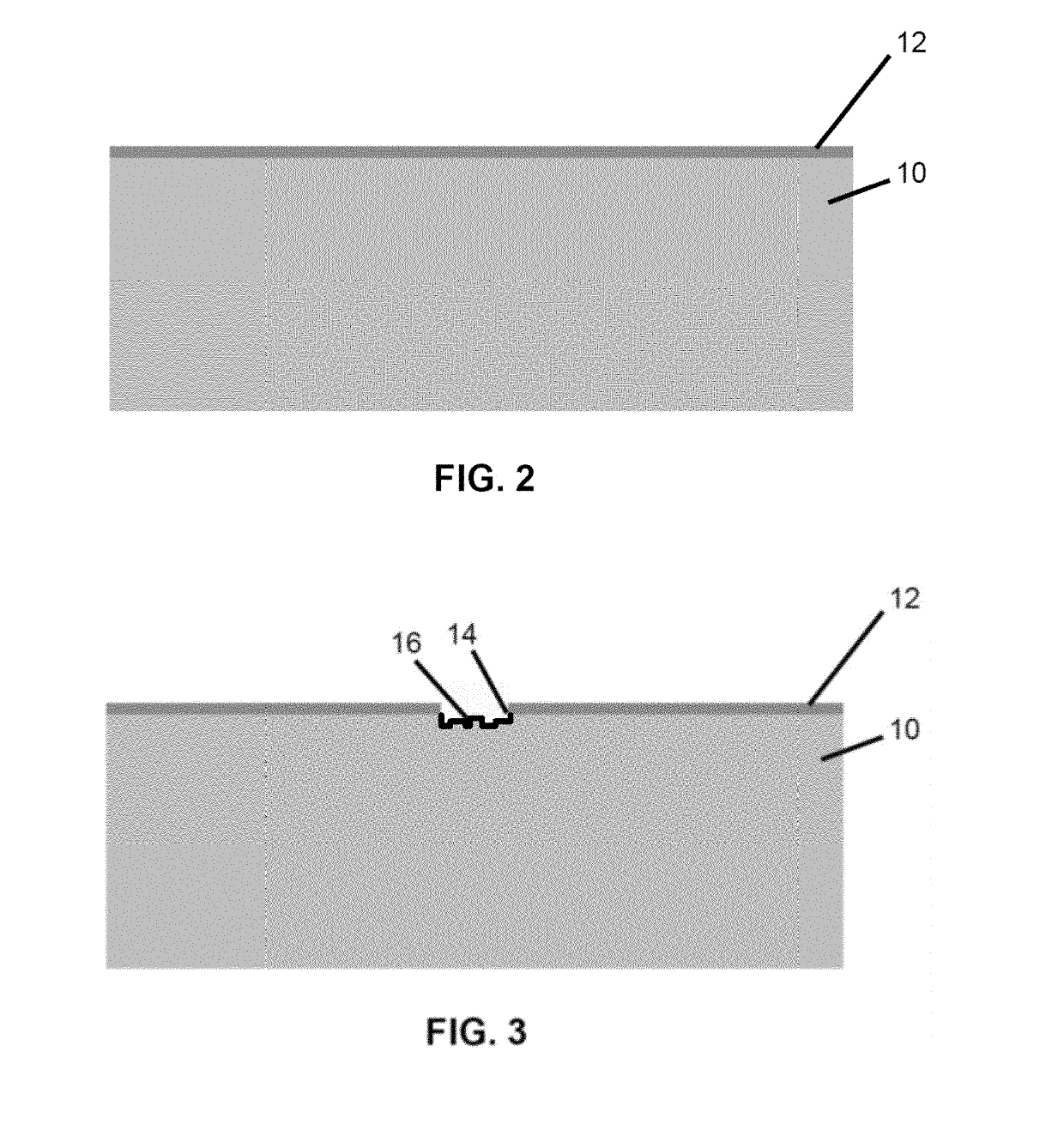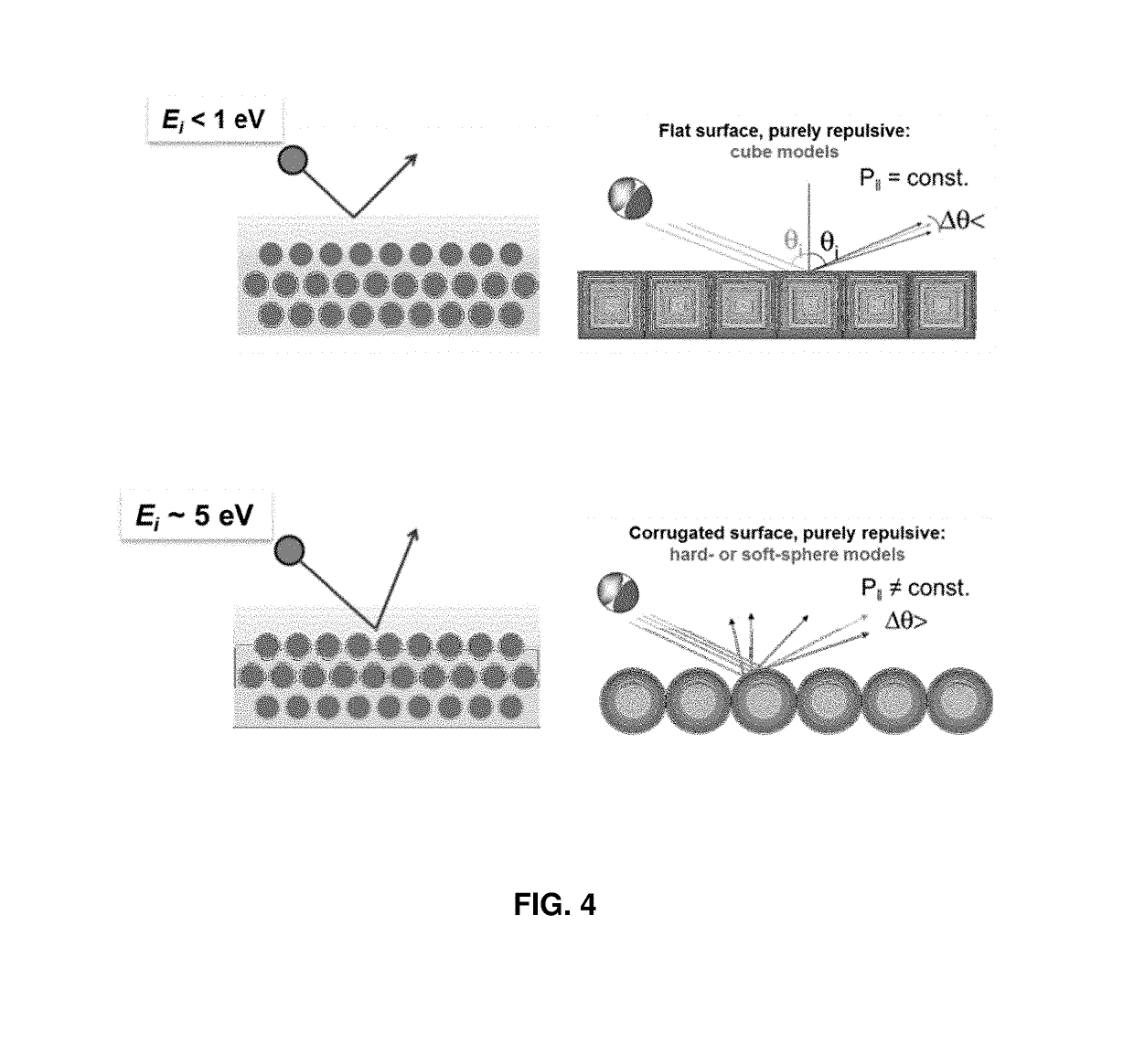Atomic Oxygen-Resistant, Low Drag Coatings and Materials
a technology of atomic oxygen and coatings, applied in the field of coatings and materials, can solve the problems of limiting the usefulness of structural and thermal control materials consisting of organic polymers, affecting the usefulness of spacecraft, and generating volatile products, so as to increase the atomic oxygen resistance and reduce the drag on spacecra
- Summary
- Abstract
- Description
- Claims
- Application Information
AI Technical Summary
Benefits of technology
Problems solved by technology
Method used
Image
Examples
Embodiment Construction
[0025]The present technology provides materials that are atomic oxygen resistant and provide reduced drag on spacecraft intended to operate in harsh environments, such as the harsh conditions present at stable Earth orbits at about 100 km to about 350 km, or comparable harsh conditions present around other celestial bodies, such as Mars. The materials of the present technology comprise an atomic oxygen resistant material having an atomically smooth surface that provides for low drag (described further herein) even when exposed to an oxidizing environment.
[0026]The term “atomic oxygen resistant” as used herein refers to materials that are not readily susceptible to oxidation and / or erosion from oxygen atoms.
[0027]The terms “reduced drag” and “drag reduction” are used herein in comparison to a case of maximum drag, where all the incident atoms or molecules scatter diffusely from the surface, with the peak scattered flux occurring in the direction of a line normal to the surface.
[0028]...
PUM
| Property | Measurement | Unit |
|---|---|---|
| Fraction | aaaaa | aaaaa |
| Fraction | aaaaa | aaaaa |
| Fraction | aaaaa | aaaaa |
Abstract
Description
Claims
Application Information
 Login to View More
Login to View More - R&D
- Intellectual Property
- Life Sciences
- Materials
- Tech Scout
- Unparalleled Data Quality
- Higher Quality Content
- 60% Fewer Hallucinations
Browse by: Latest US Patents, China's latest patents, Technical Efficacy Thesaurus, Application Domain, Technology Topic, Popular Technical Reports.
© 2025 PatSnap. All rights reserved.Legal|Privacy policy|Modern Slavery Act Transparency Statement|Sitemap|About US| Contact US: help@patsnap.com



